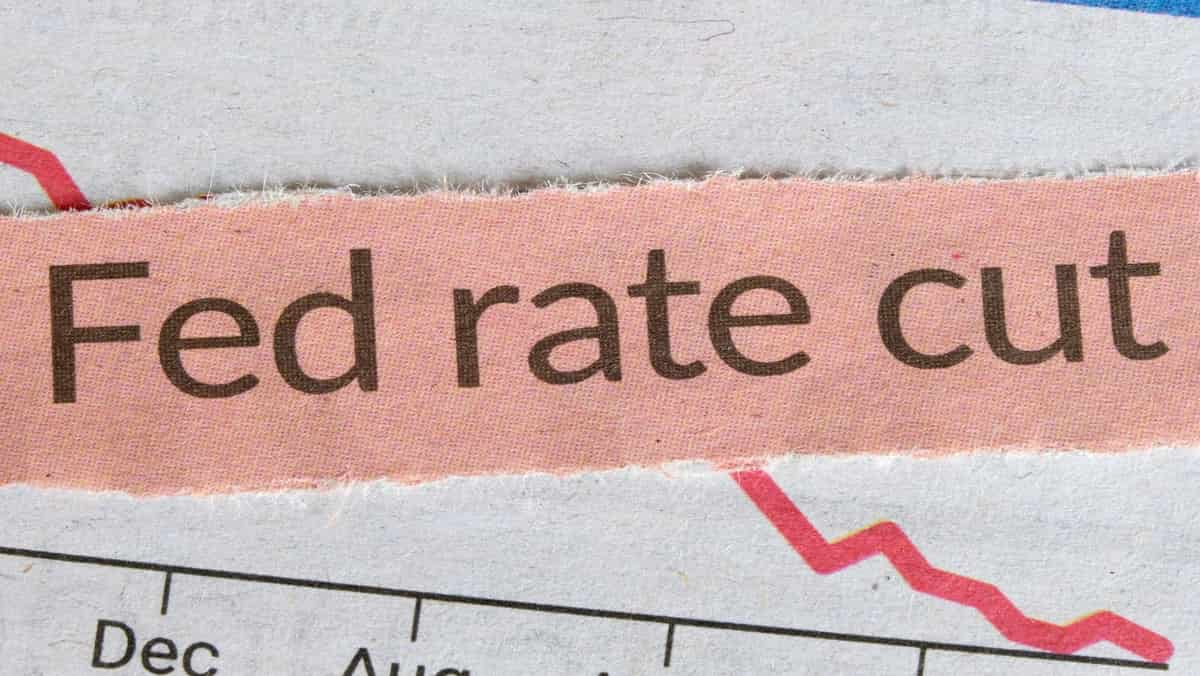
The Federal Reserve's monetary policy decisions significantly influence the economic landscape, particularly concerning interest rates, inflation, and unemployment.
The Federal Reserve has maintained a cautious approach to interest rate adjustments, particularly in light of evolving economic conditions. Recent statements from Fed officials indicate a commitment to monitoring economic indicators closely before making any significant changes to the federal funds rate. The Fed's current target rate remains steady, reflecting a balance between fostering economic growth and controlling inflation.
The Fed's projections suggest that while there may be room for rate cuts in the future, these decisions will depend on various factors, including inflation trends and labor market conditions. The central bank's dot plot indicates a potential for gradual rate cuts, with expectations that the federal funds rate could be adjusted downward if economic conditions warrant such action.
Inflation has been a central concern for the Fed, particularly as it has remained above the central bank's target in recent months. The latest forecasts indicate that core inflation, which excludes volatile food and energy prices, is expected to moderate but may still hover around levels higher than desired. The Fed's goal is to bring inflation closer to its 2% target, but achieving this will require careful navigation of monetary policy.
Factors contributing to inflation include supply chain disruptions, rising commodity prices, and labor market dynamics. The Fed's approach to managing inflation will likely involve a combination of interest rate adjustments and other monetary policy tools aimed at stabilizing prices while supporting economic growth.
The labor market remains a critical focus for the Fed as it assesses the overall health of the economy. Recent data suggests that while unemployment rates have shown signs of improvement, challenges persist. The Fed's projections indicate that unemployment may rise slightly in the coming months as the economy adjusts to changing conditions.
Despite these challenges, the labor market has demonstrated resilience, with job openings remaining relatively high. The Fed is likely to consider labor market dynamics when making decisions about interest rates, as a strong labor market can support consumer spending and economic growth. However, any signs of weakening in employment figures could prompt the Fed to reconsider its approach to rate cuts.
The Fed faces a delicate balancing act as it navigates the interplay between inflation, unemployment, and interest rates. On one hand, the central bank aims to support economic growth and job creation; on the other hand, it must address inflationary pressures that could undermine economic stability. This balancing act will be crucial in determining the timing and magnitude of any future rate cuts.
As the Fed continues to assess economic conditions, the outlook for rate cuts, inflation, and unemployment remains fluid. Traders, investors, and policymakers will need to stay informed about the Fed's decisions and the broader economic indicators that influence these outcomes. The interplay between these factors will shape the economic landscape in the months ahead, making it essential to monitor developments closely.
When considering shares, indices, forex (foreign exchange) and commodities for trading and price predictions, remember that trading CFDs involves a significant degree of risk and could result in capital loss.
Past performance is not indicative of any future results. This information is provided for informative purposes only and should not be construed to be investment advice.